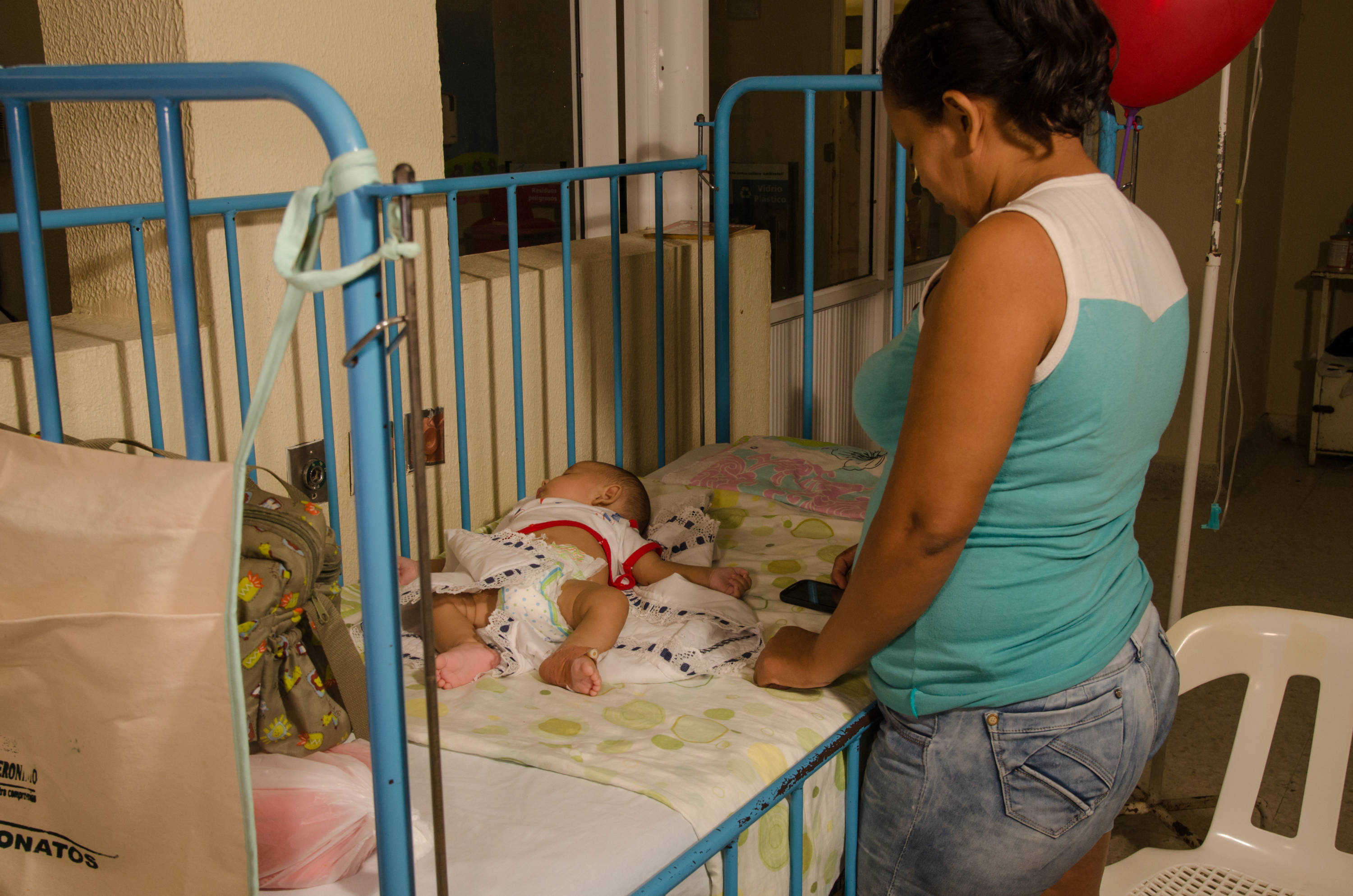12 million Colombians could contract Chagas disease, according to the Ministry of Health.

May 22 is World Chagas Disease Day, a disease that is potentially dangerous in 595 municipalities in Colombia and where some 12 million people could be infected, according to figures from the Ministry of Health and Social Protection.
In 2024, the SIVIGILA surveillance system confirmed 947 chronic cases and 18 acute cases of Chagas disease, one of them
Chagas disease is a silent disease caused by the parasite Trypanosoma cruzi, which lives inside the insect Treatomino, colloquially known as 'pito', 'bichucas' or 'chinche', and which is responsible for its transmission to humans.
As an aggravating factor, the disease can be transmitted not only by the vector, but also orally (contaminated food), unsafe transfusions, and from mother to child during pregnancy.
This disease is transmitted through mosquito feces, which bite and immediately defecate. These excretions contain the parasite that causes the disease.

Photo: iStock
The person then scratches and introduces the insect's infected feces into the bite wound. The parasites then enter the bloodstream or through the eyes, nose, or mouth. Transmission can also occur through blood transfusions, organ transplants, from mother to child during pregnancy, and through contaminated food.
What are the symptoms and how serious are they when someone is already infected? According to the World Health Organization (WHO), if Chagas disease is not diagnosed and treated early, chronic infection causes cardiac problems in up to one-third of cases, and in one in ten, digestive, neurological, or combined disorders that may require specific treatment.
Infected people experience symptoms in two phases. The initial acute phase lasts about two months after infection. Although a large number of parasites can circulate in the blood, in most cases, symptoms do not appear or are mild and nonspecific (fever, headache, swollen lymph nodes, pallor, muscle pain, difficulty breathing, swelling, and abdominal or chest pain). Much less frequently, people bitten by a triatomine bug show the characteristic initial visible signs: a skin lesion (chagoma) or a bruised swelling of an eyelid (Romana's sign).
During the chronic phase, the parasites remain hidden, primarily in the cardiac and digestive muscles. Ten to 30 years after infection, up to one-third of patients suffer cardiac disorders, and one in ten develops digestive (typically an enlarged esophagus or colon), neurological, or mixed disorders. Over the years, the infection can damage the nervous system, the myocardium, and the digestive system, causing clinical manifestations and complications such as cardiac arrhythmias, progressive heart failure, and sudden death.
What preventive measures should you take into account to avoid the spread of Chagas disease? 
Chagas disease affects people of all ages in tropical areas. Photo: private archive
Colombia has already certified 66 municipalities as free of intra-household vector-borne transmission of Chagas disease, and another 34 are in the process of certification, according to Ministry of Health reports.
The institution reported that since April 2025, it has carried out awareness-raising activities in several regions with the slogan: "For the prevention, control, and elimination of Chagas disease, we are all needed."
These are some necessary measures to prevent the spread of this disease.
- Improving housing conditions to prevent the presence of disease-carrying insects, ranging from managing and organizing the home environment to installing barriers on windows and openings to prevent the entry of vectors.
- Wash and cook food properly and avoid the presence of vectors in preparation areas.
- For pregnant women, prenatal checkups are recommended to detect and treat the infection in pregnant women and their children.
- In Colombia, 100% of donated blood is screened to prevent transmission through transfusions, and since 2017, a national flowchart has been in place to improve diagnosis.
- Implementation of the Comprehensive Health Care Route for Chagas (RIAS), which allows for diagnosis and treatment at the primary level of care. Although its coverage is not national, it has shown improvements in access and quality of treatment.
eltiempo




